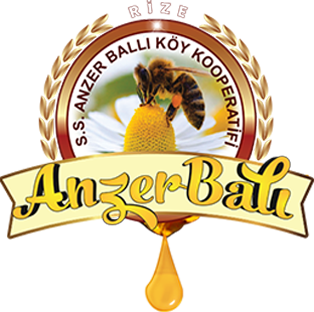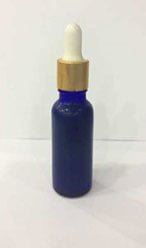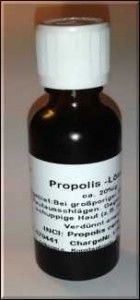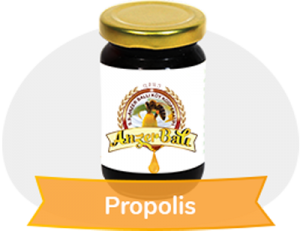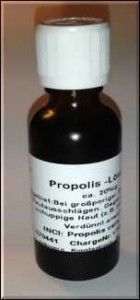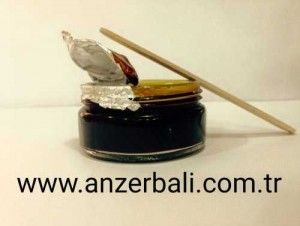Stock Status
In Stock
Water Based Propolis
5.86 USD
Water Based Propolis 20 GR
Propolis is a substance that is resinous and wax-like, collected from the buds and bark of trees by bees. Its color and physical properties vary according to its source and are used by bees in the hive for various purposes such as keep the hive sterile, and also propolis is a natural anti-biotic so it is helping to recover the infections.
- Features
- Payment Options
- Comments (0)
- Call Me
-
Size (cm):15 x 15 x 20Warranty:4 Year
water based propolis 20 GR
Propolis
What is Propolis?
1. Structure of propolis
Propolis ;
It is a sticky, hard and brittle material at 15 oC, soft and bendable at 30 oC, which can be changed from black to yellow depending on its origin.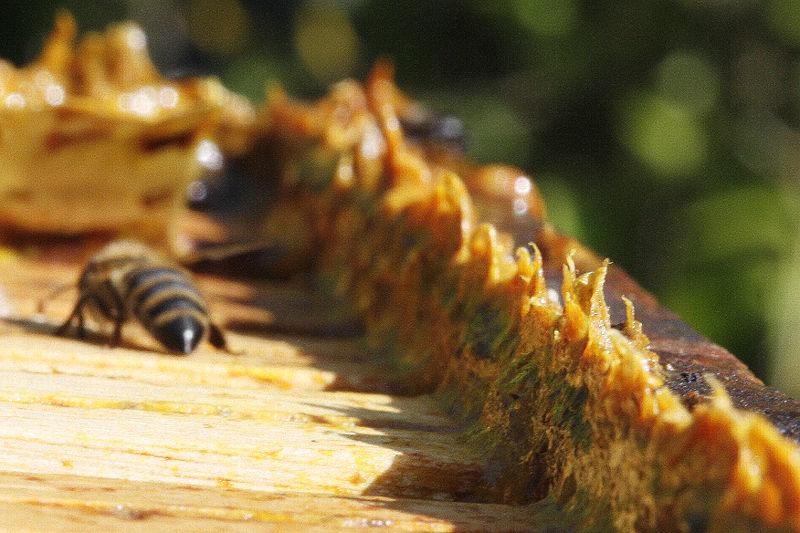
Although the structure of crude propolis varies considerably according to its source; 50-55% resin and balsam, 20-35% plant-derived waxes, 10-15% etheric and essential oils, 2-5% pollen, small amounts of organic and inorganic compounds. In another report, propolis contains 46% balsam, 27% vegetable wax and 15% flavone and flavonoids.Propolis of bees; poplar, oak, beech, eucalyptus, acacia and conifer trees, especially from the different trees and shrubs and plants collect. Propolis carried by the bee's hind leg can be emptied and used where necessary with the help of other bees.2. Collection of Propolis from the Hive
The bees accumulate propolis in the hive behind the bottom board, the frame edges and the entrance hole. Propolis collected here can be scraped off. The scraping propolis thus obtained may not be clean and may contain different residues.Therefore, in the technical collection of propolis, plastic plates similar to the queen grid placed on the frames or openings in the front and rear hull boards of the hive are used. After the propolis is deposited in the collecting plate, the propolis is easily harvested from the plate and packaged by hand when the plate is kept in a cold environment for a while. From the harvested crude propolis, "Soft Propolis Extract" is produced in the laboratory.3. Uses of Propolis
Propolis by bees in hives; It is used for covering the cracks and bursts in the hive, adhering the frames to the walls of the hive and to each other, preventing the embalming and stinking of the pests that enter the colony and cannot be thrown out of the colony, polishing and polishing the honeycomb cells and sterilizing the hive. .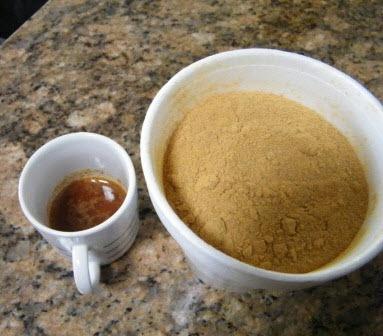
Content of Propolis:
Propolis is a substance that is resinous and wax-like, collected from the buds and bark of trees by bees. Its color and physical properties vary according to its source and are used by bees in the hive for various purposes.PROPOLIS QUALITYPropolis is stone hard when removed from the hive. In this case, it contains 40 percent wax, 15-20 percent dust and other residual materials. There can be two ways of preparing for use following the exit from the hive:1-Resinous Powder Form:It is crystallized by holding in a deep freeze and then drawn into a crusher machine to make powder.Propolis Extract 2:
The first propolis is treated and distilled to remove wax and other materials. In addition, purification process is continued based on the active ingredients.Propolis extract is thus produced. Extracts of various purities ranging from 70 percent purity to 96 percent purity can be obtained.The quality category is determined by taking into account the purity and active ingredient ratios in the propolis extract. It can be 3 to 7 times more effective with its purity and content (compared to propolis taken).Conditions of use and storage conditions:Store at room temperature.Propolis retains its nutritional value and properties for 18 months at room temperature.Dosages for use!
For general use, 2 grams of propolis extracts can be taken as a daily dose.For children, a daily dose of 250 mg (1-3 in teaspoon) between 1-3 years of
age is one-quarter (500 mg) of teaspoon (500 mg) between 3-6 years of age, and a daily dose of up to 12 years of age and adult doses over 12 years of age. available.
Uses:Consumption and use in water: For oral health, a liquid can be gargled with this liquid by placing a teaspoon of the extract in half a liter of water. One sip of the same liquid in the morning and evening can be taken again. This liquid can be consumed by joining drinks such as coffee or juice.Use of extract in powder form:
According to taste, the dose of propolis can be taken directly by adding honey or yogurt.Propolis can be used by mixing 75 grams of honey, 5 grams of propolis extract and 20 grams of warm water.Honey-bee milk-pollen-propolis mixture: 1 kg honey 200 grams of royal jelly, 200 grams of pounded pollen, 50 grams of propolis extract can be consumed by adding summer-winter, can be prepared .The taste of the pure form of propolis in powder form or in extract form is not appreciated by children. We can give our children by mixing in honey as given above, or there may be other mixtures that they will enjoy.For example molasses-yogurt-propolis or jam-propolis-bread.
,Side effects
No side effects have been observed, but their use is far above recommended doses. ..
Propolis is not a medicine but a food supplement.
Similar Products

